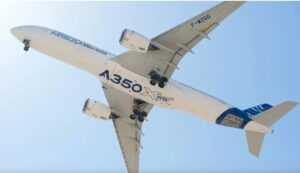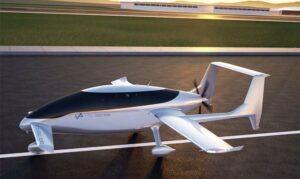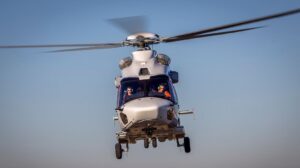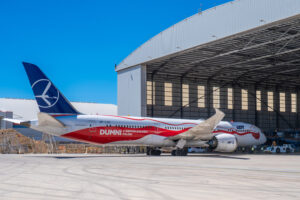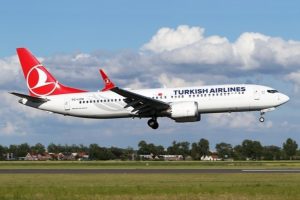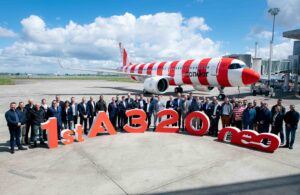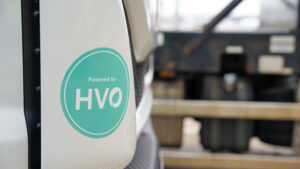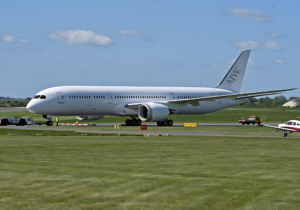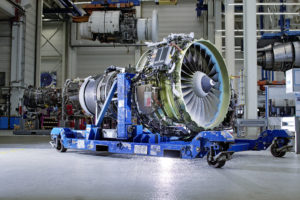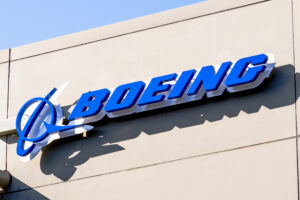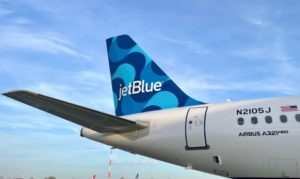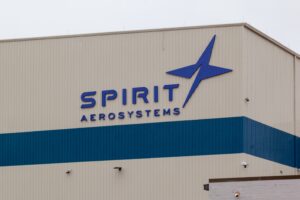Rolls-Royce has released its first half 2020 (H1) results, with the global COVID-19 pandemic severely impacting its H1 performance and medium-term forecasts. The most pronounced effect was seen in Civil Aerospace with large engine deliveries and flying hours both down around 50% in H1 including a 75% reduction in engine flying hours in the second-quarter (Q2), however business jets and regional flying hours were more resilient.
In Power Systems, which was less severely impacted than Civil Aerospace, industrial markets were suppressed, economic disruption and lower utilization impacted demand for services while government marine was stable. Defense remained resilient with no material impact on results from the pandemic and delivered strong profit growth. ITP Aero was impacted by the same adverse industry trends as Civil Aerospace.
Underlying results: The £(3.2)bn underlying loss before tax primarily reflected the impact of COVID-19 on Civil Aerospace with lower aftermarket profit, under utilisation of operations, lower spare engine sales as well as £1.2bn of COVID-19 related contract catch-ups and one-time charges resulting from a reduction in forecast flying hours, a reassessment of the timing and parking of aircraft and the viability of airlines. Lower expected US$ receipts over the next seven years resulted in a £(1.46)bn underlying finance charge as the company took the necessary decision to reduce the size of its hedge book by US$10.3bn.
Reported results: Rolls-Royce’s reported results were further impacted by £(1.1)bn impairment charges and write-offs, £(0.4)bn exceptional restructuring charges and adverse FX fluctuations leading to a £(2.6)bn negative movement on the mark-to-market of the hedge book, partly offset by £0.5bn improvements in the expected in-service costs of Trent 1000 durability issues, which were all a consequence of COVID-19. (£1.00 = US$1.32 at time of publication.)


